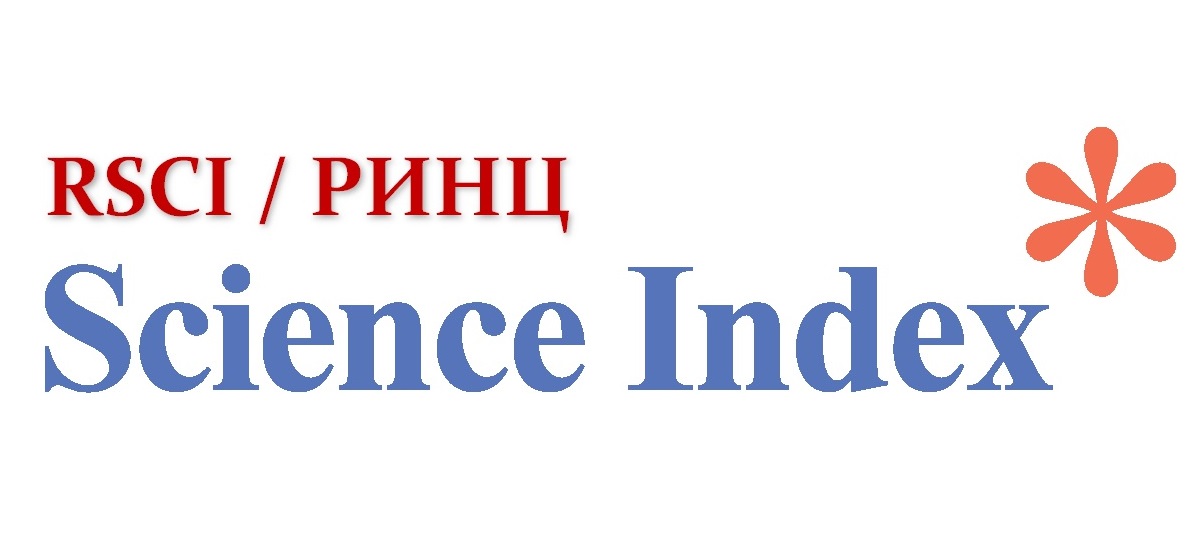The Popularity of Contemporary Chinese Literature and Its Prominent Representatives
Views: 148 / PDF downloads: 81
DOI:
https://doi.org/10.32523/2616-6887-2025-151-2-240-253Keywords:
modern Chinese literature, international popularity, global culture, literary translation, national identity, global themes, Chinese cultureAbstract
This article analyzes the national characteristics and global popularity of contemporary Chinese literature. Modern Chinese literature is a vivid reflection of a literary process that has combined tradition and innovation over the centuries. Since the early 20th century, the social and political changes in China's history have significantly influenced its literature. The study explores the historical, social, and philosophical dimensions of Chinese literature, revealing its unique ability to blend national culture with global values. The works of prominent Chinese authors such as Mo Yan, Yu Hua, Yan Lianke, Liu Cixin, and Bi Feiyu are examined as examples. These writers skillfully depict the social issues of Chinese society during their respective eras, as well as the relationships between humans and nature, and between the people and authority. The article emphasizes the importance of Chinese literature in portraying global issues while preserving its national identity, and its role in strengthening intercultural literary dialogue. Furthermore, the article explores the place and influence of contemporary Chinese literature in global culture. It is highlighted that the international recognition of Chinese literature through prestigious awards and translations into world languages has helped secure its rightful place in the global literary sphere. Additionally, the adaptation of Chinese literary works into film and their growing popularity among wider audiences are also discussed.
Downloads
Published
How to Cite
Issue
Section
License
Copyright (c) 2025 Bulletin of the L.N. Gumilyov Eurasian National University. Political Science. Regional Studies. Oriental Studies. Turkology Series.

This work is licensed under a Creative Commons Attribution-NonCommercial-NoDerivatives 4.0 International License.






